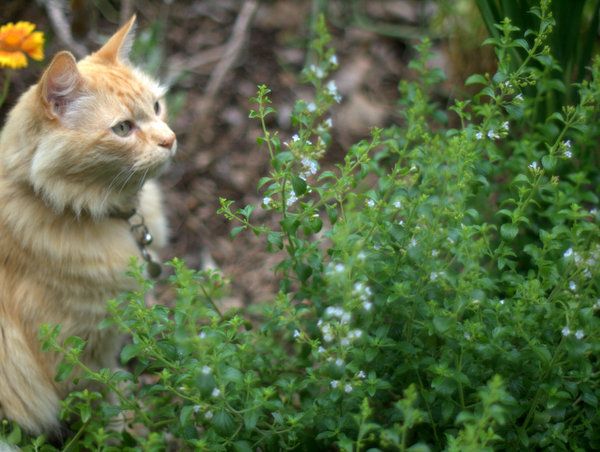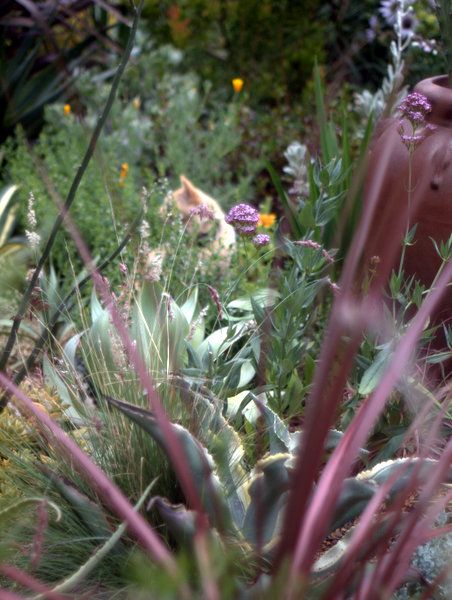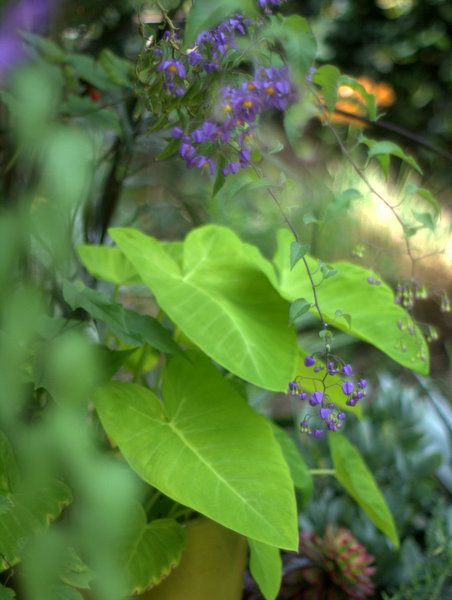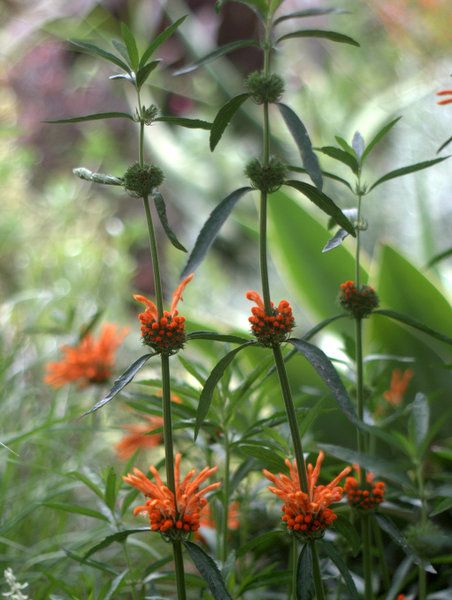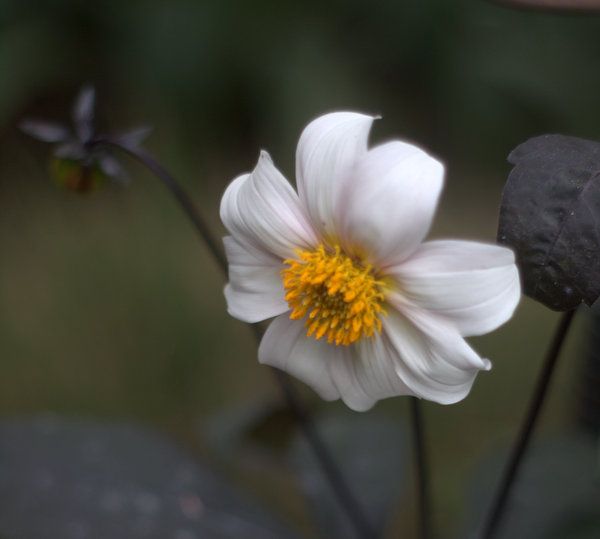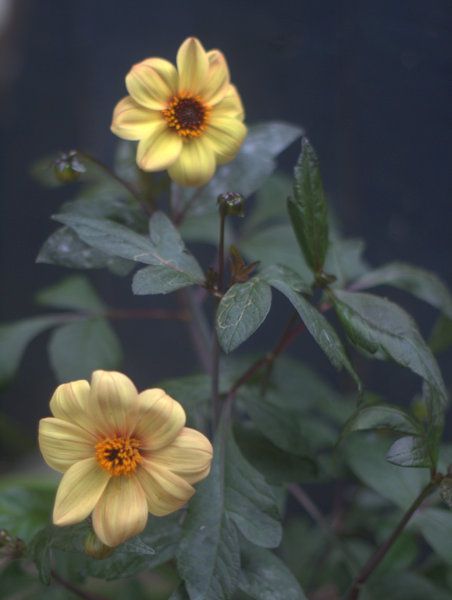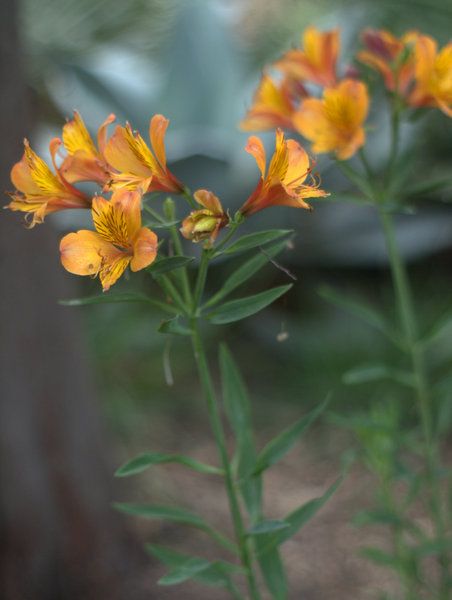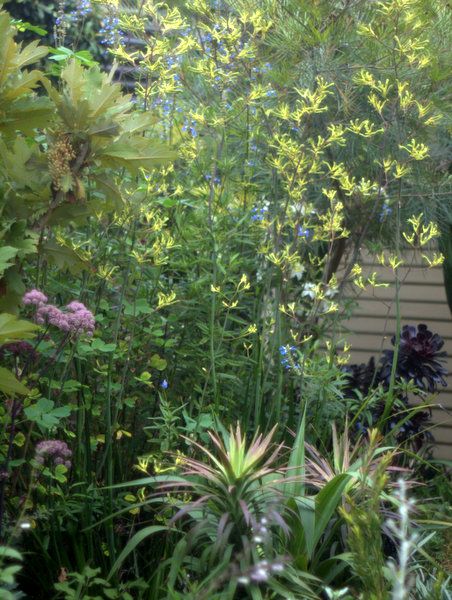
cooler on Sunday, June 24, Mendocino Bot. Garden, a plant mix like nowhere else of conifers, maples, perennials, redwoods. Island beds designed by Gary Ratway.
The buzz started spreading at the Austin Garden Bloggers Fling in May, at least among the Northern California bloggers, Kathy and Gerhard: Wouldn’t it be great to meet up in Mendocino for the Garden Conservancy Open Days in late June? Even though it’s roughly a 10-hour road trip for us from Los Angeles, both Marty and I need little encouragement to visit foggy Mendo in the dog days of summer and camp again in the great coastal state parks. (This year MacKerricher State Park. The Surfwood section has the campsites closest to the ocean and is highly recommended.) The big attraction of the Open Days program this year as far as I was concerned was a tour of the private garden at Digging Dog Nursery. I’ve been a mail-order patron and occasional visitor to Digging Dog since before the display gardens and rammed-earth house were built and wasn’t aware that a private garden had also been added. (As Deborah reminded us on the day of the tour, the nursery pre-existed the house and gardens.) Of the three GC gardens open on Saturday, June 23, it seemed logistically possible to see two of them, Digging Dog and another garden also designed by Digging Dog co-founder Gary Ratway, the Moss garden. On the drive north Friday we stopped at Annie’s Annuals in Richmond, made another stop in Petaluma at Lagunitas’ Tap Room where we bumped into live music by LA band Arms Akimbo, overnighted in Willits, then made the trip west to the coast on Highway 20 early Saturday morning, arriving at the Moss after 10, with a firm deadline to be at Digging Dog by 1 p.m. Our car’s AC gave up Friday afternoon on Interstate 5 near the Altamount Pass, in 100-degree, stop-and-go traffic, which made the prospect of Mendo’s foggy embrace even more tantalizing.

Mendocino Bot. Garden
And because life can’t resist throwing a curveball, instead of the anticipated cool, overcast skies, we found ourselves Saturday in a heat wave, Mendo style, which felt like maybe the mid 80’sF to me.* The Moss garden situated on bluffs overlooking the Pacific was cooler than Digging Dog Nursery, which is a few miles inland, but still get a load of this hot glare:
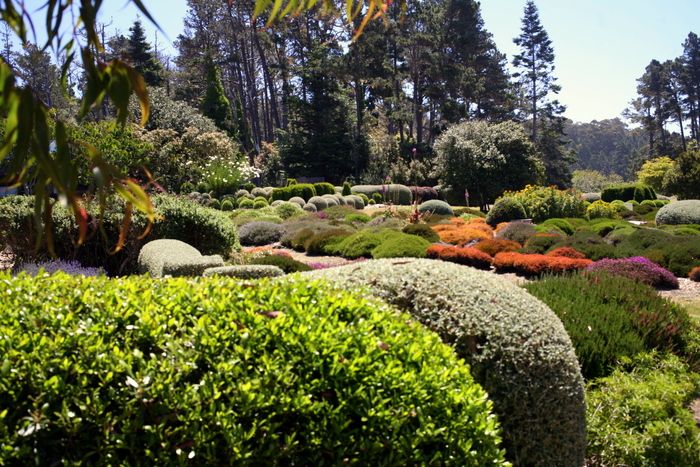
And those colorful magenta and orange shrubs massed under the redwoods? Those would be heaths and heathers, which love full sun in cool, acidic soil. The heath and heather collection at nearby Mendocino Botanic Gardens has been recognized as a Collection of National Significance, so clearly this part of the Pacific Coast provides the niche conditions to their liking.


The Mendocino coast is wild and windswept, with ferocious winter storms, so it’d be a guess as to distinguishing style from necessity in opting to deploy closely cropped orbs of box and teucrium among the hummocks of heath and heather at the Moss garden.

But the overall effect is as though the house and garden have been bundled in warm, brightly colored clothing against the cold blasts of the ocean.

The majestic trees towering over the sinuous shapes of the hedges and topiaries brings vertical design elements to a whole other level of scale.

The entrance to the 3-acre property.

The grass appeared to be the Slender Veldt Grass, Pennisetum spathiolatum.


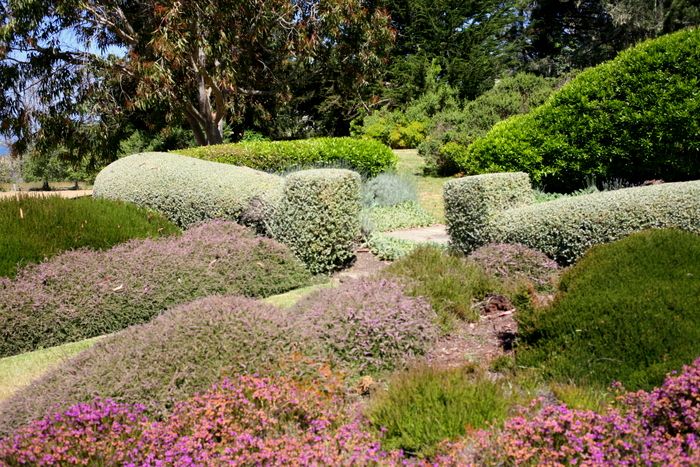
These teucrium topiaries bring to mind the grey whales that migrate south along the coast November through April. (Though I also see submarines and even bombs in their forms.)

Covered porches and decks at the back of the house looking out over the meadow to the ocean.

Marty wonders which path to take.

Close in to the house are formal design elements such as gravel paths, gates, low walls and hedging.

Moving away from the house, the landscape tosses in waves of swaying grasses, storm-proof mounds and hummocks, anchored by summer-bleached mown meadows. Such is the pragmatic design response to an exposed site on a coast infamous for shipwrecks. But then Mr. Ratway sets up a surprise — a secret sunken garden to indulge a bit of formal romance organized on an axis to be enjoyed through windows from the main house.



As at his own garden at Digging Dog, the columns are constructed using the rammed-earth technique. Temporary wooden forms are filled with a mix of soil and concrete, a practical method for utilizing the excavated soil.
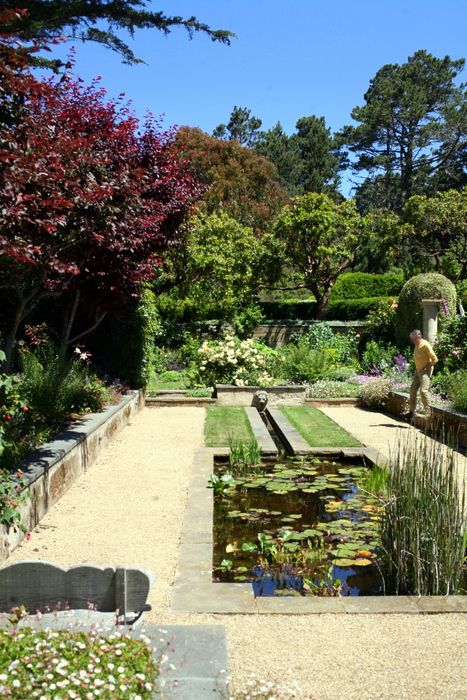
On its own, this sunken garden with pool and rill could be a template for a small, stand-alone garden.

But then that sense of discovery and arrival, of stumbling out of the storm into a world in perfect order, would be missing. Large gardens do have the advantage of generating layered, complex emotional responses.

Moving through a large garden of many moods is like — what? A complex piece of music? A delicious multi-course meal?

The little sunken garden clearly displays Gary Ratway’s understanding and appreciation for European estate gardens. To me it is strongly reminiscent of the work of Lutyens and Jekyll at Hestercombe.



We almost missed visiting the orchard garden entirely, which doesn’t flow from the main house but is set apart and fenced to keep out wildlife.

We entered through this gate.

Looking at another entrance, this view showing how the orchard garden relates to the house, with the ocean in the distance. The large expanses of mown grass appear to forego irrigation for summer.


The interior lawn of the orchard garden is much greener than the outer mown areas.


The orchard garden is planted with summer perennials and roses, including salvia, geraniums, nepeta, alstroemeria, kniphofia, bergenia and stachys.
More soon on the tour of Digging Dog’s gardens.
*(Thinking back, I estimated maybe mid 80’s and then asked Marty his opinion. He estimated 90 degrees. Checking Accuweather, they’re copping to 71 degrees for the 23rd of June whether I plug in Fort Bragg or Mendocino, which seems a crazy underestimation, yet Accuweather is usually spot on for our local temps. I can’t explain the difference between our perception of being surprisingly warm, which the locals confirmed by apologizing for the unusually high temperatures, vs. the actual temp. BBC reporting of the recent heat wave in Scotland that melted roads cites temperatures of 32C, which converts to just 89F, and even 22C was considered hot in Glasgow, which converts to 71F. The heat waves in northern cities unaccustomed to such high temperatures is the latest installment in our headlong descent into AGW/climate change.)








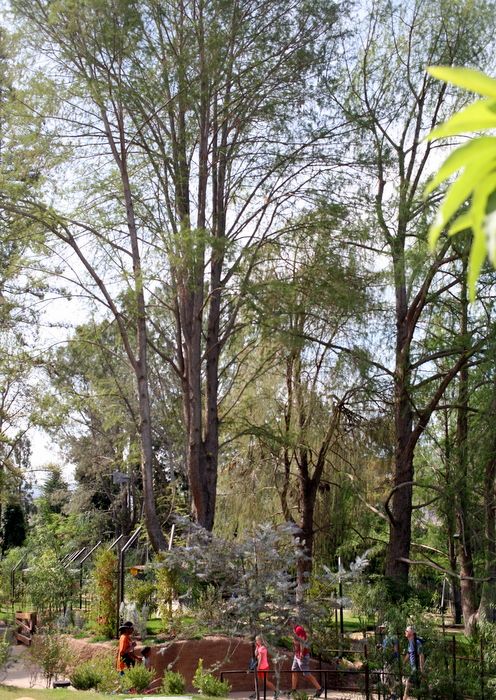









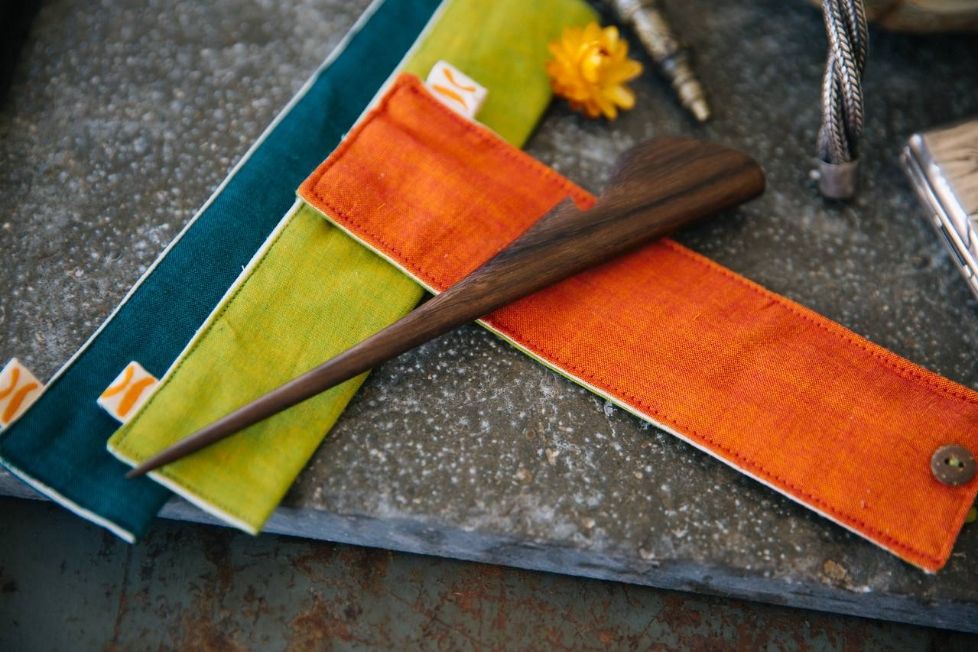

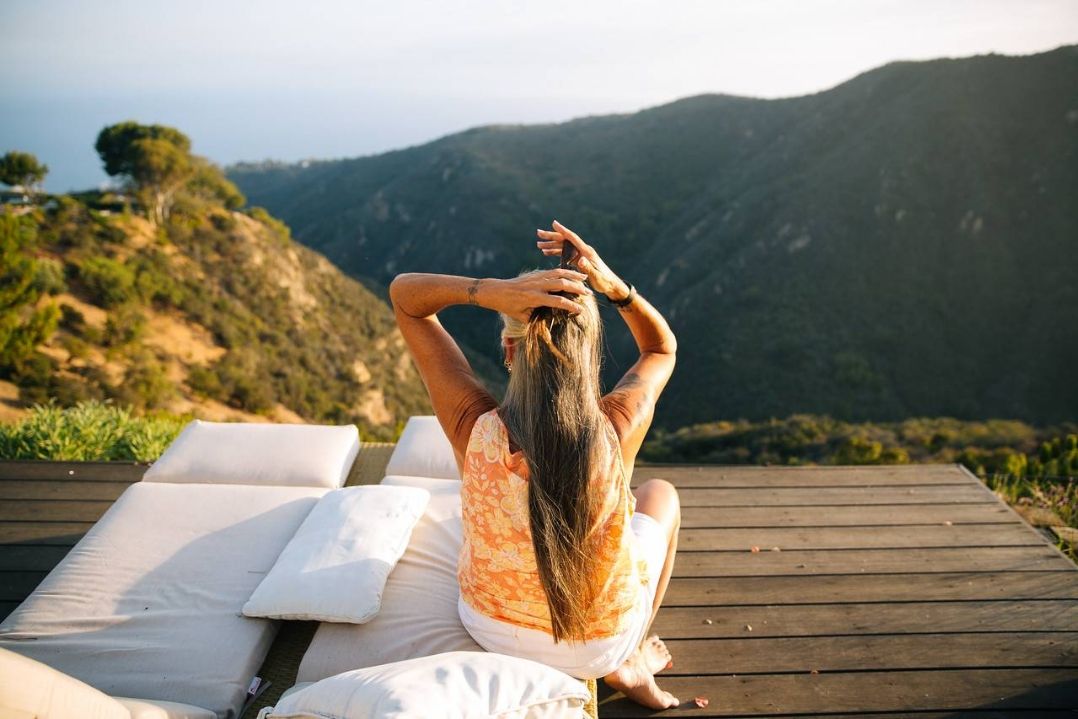

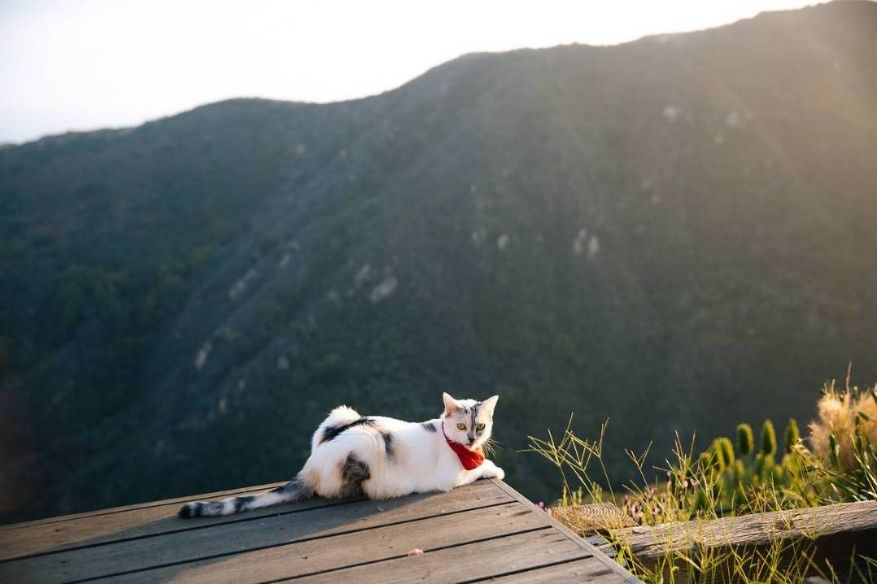


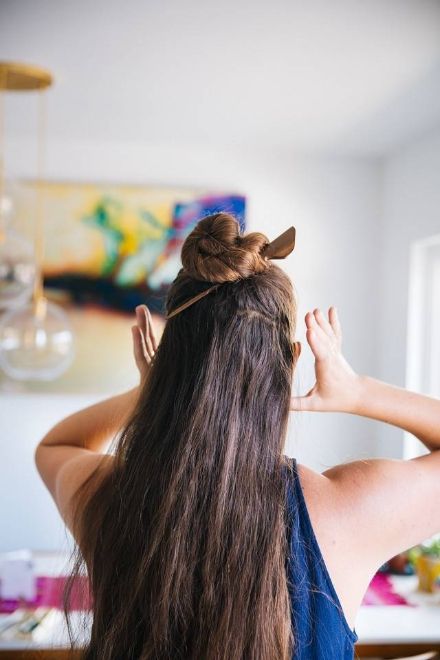

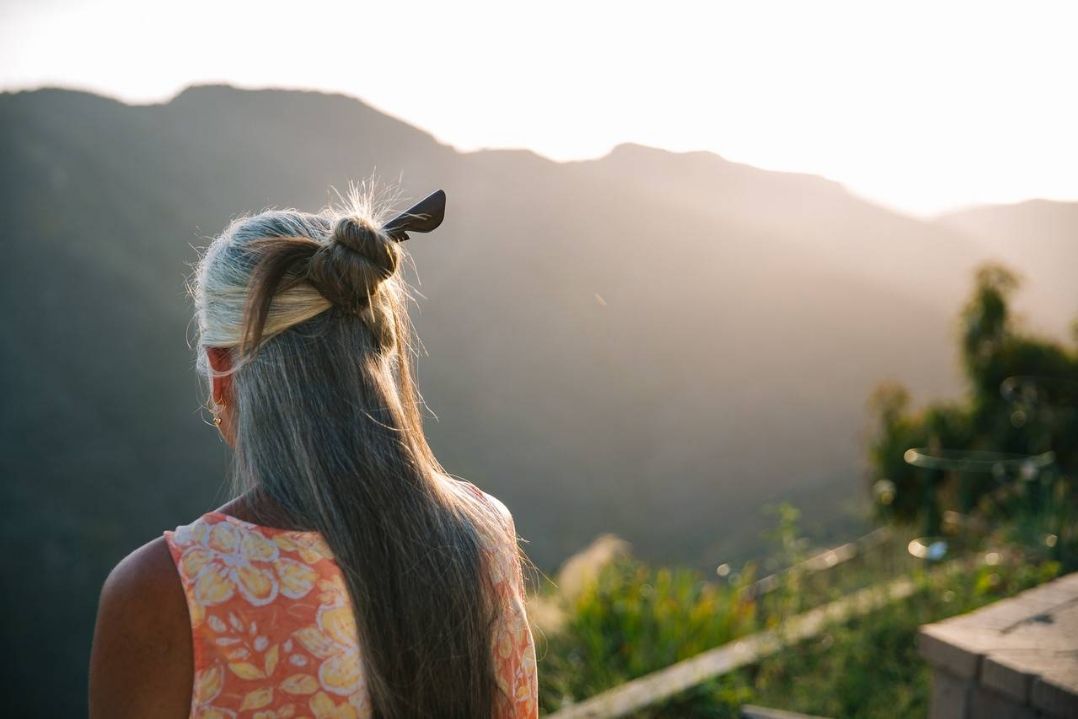
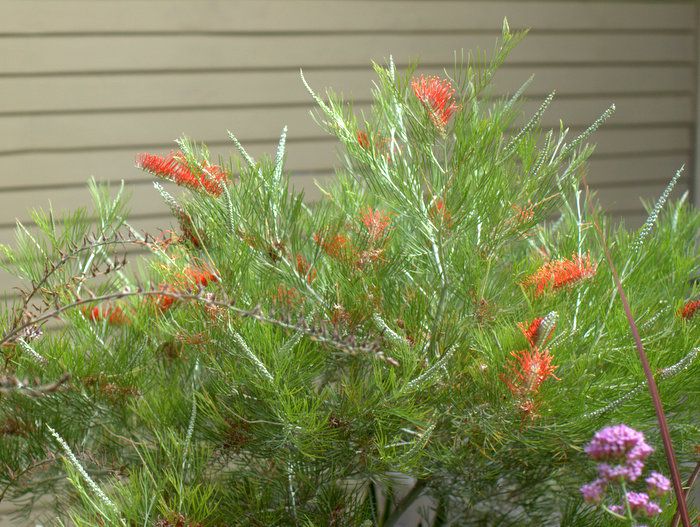

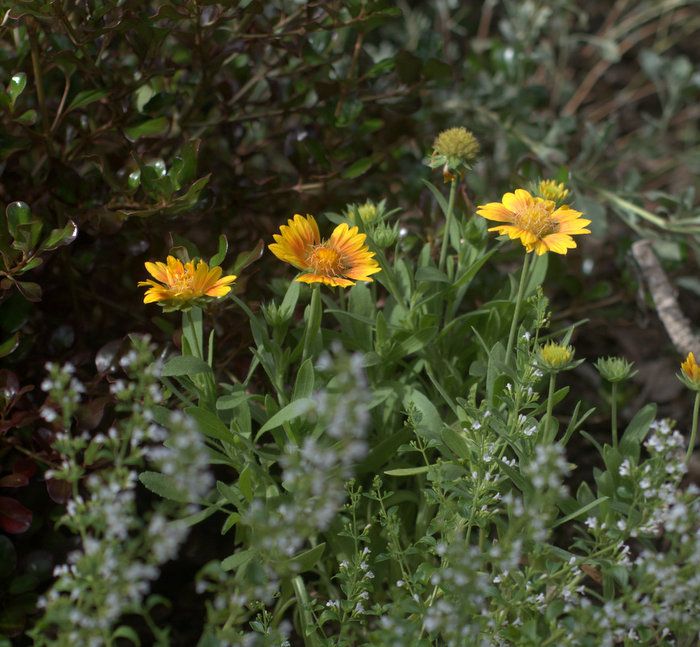
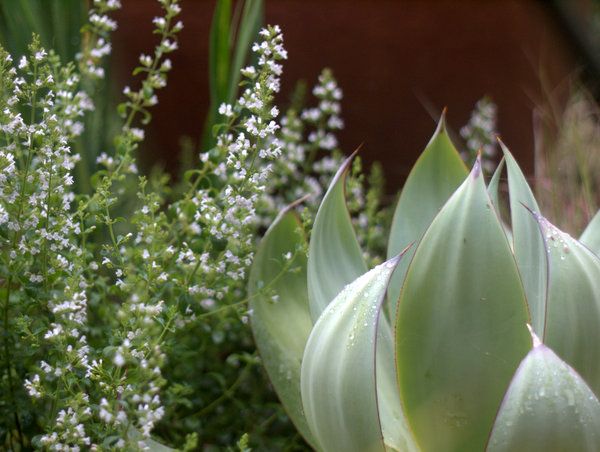
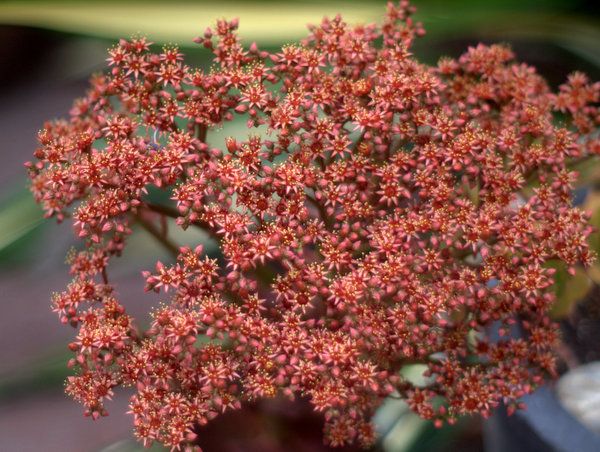
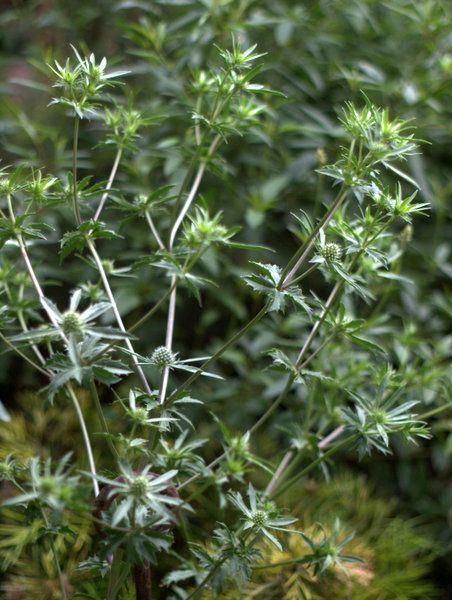

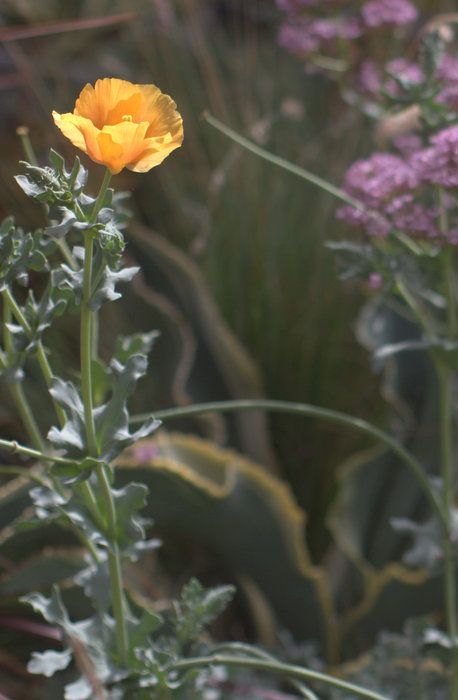

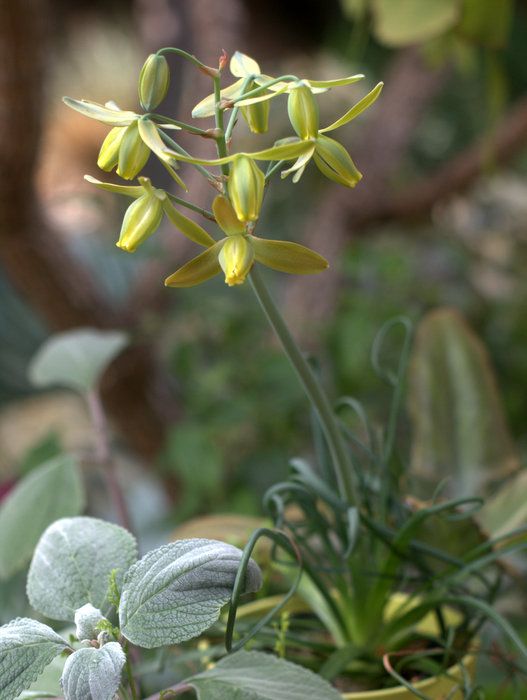
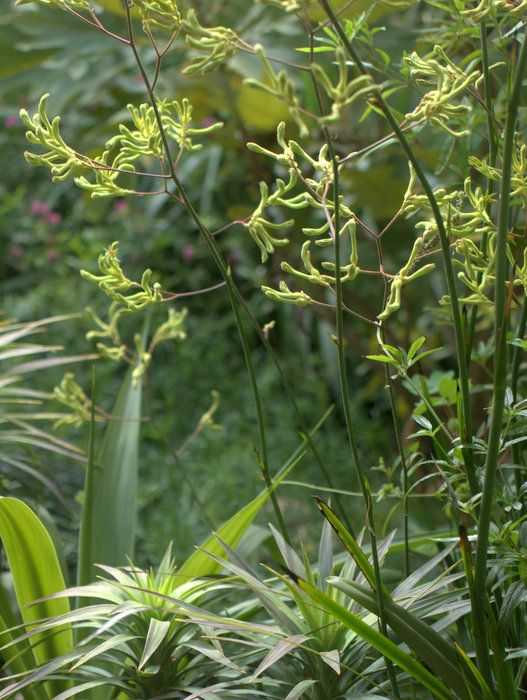
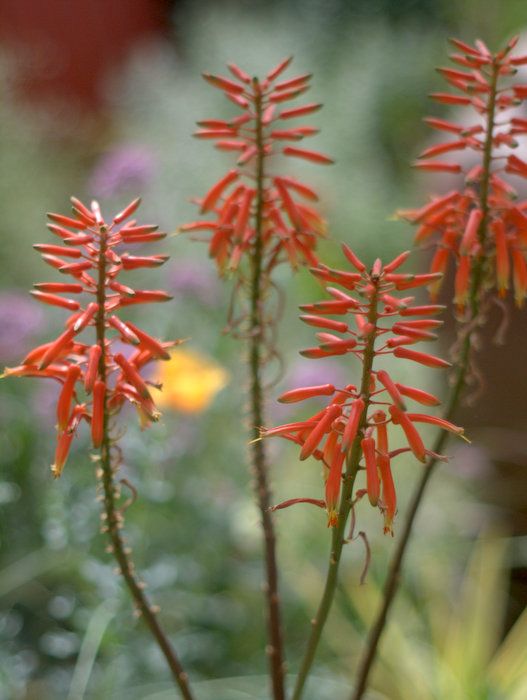
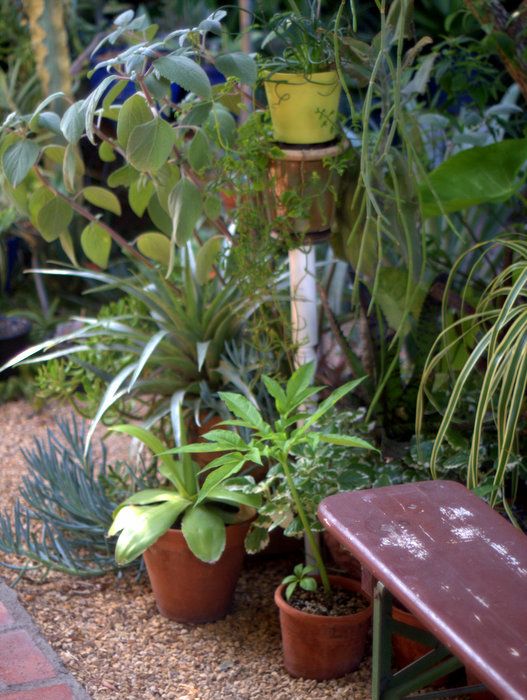
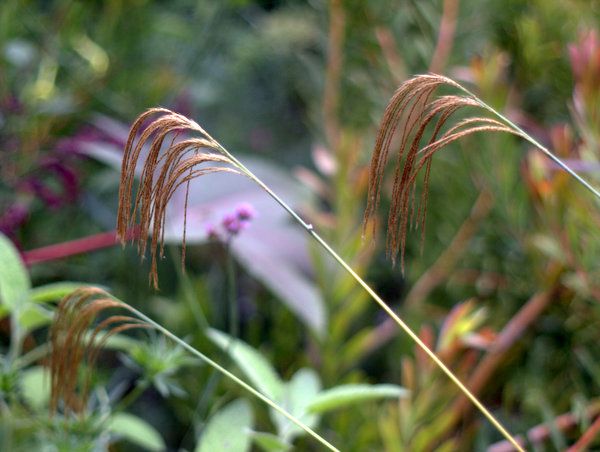
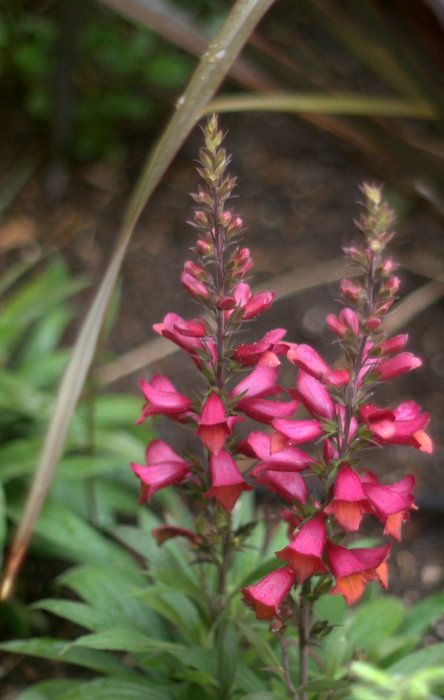
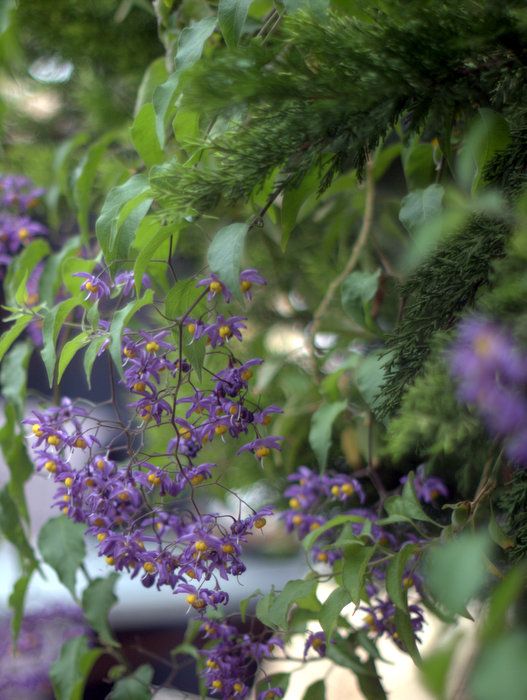
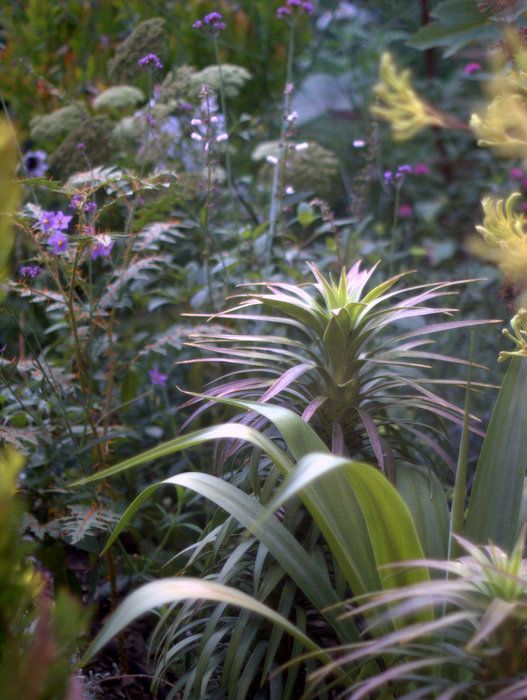

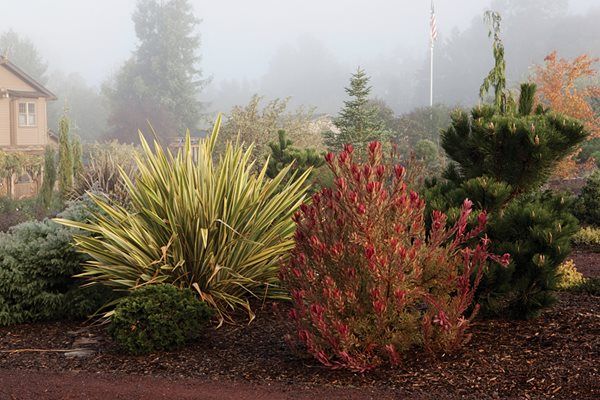


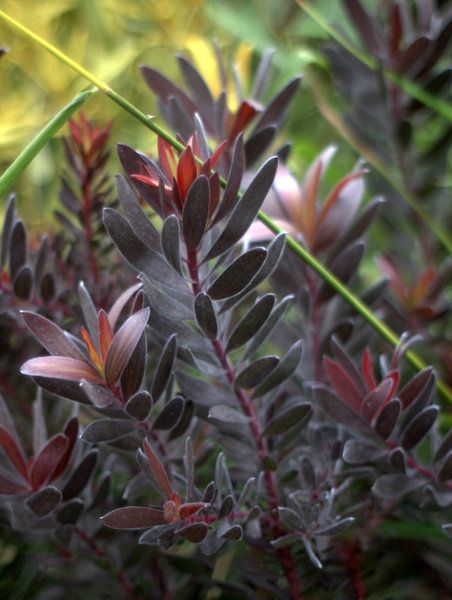
































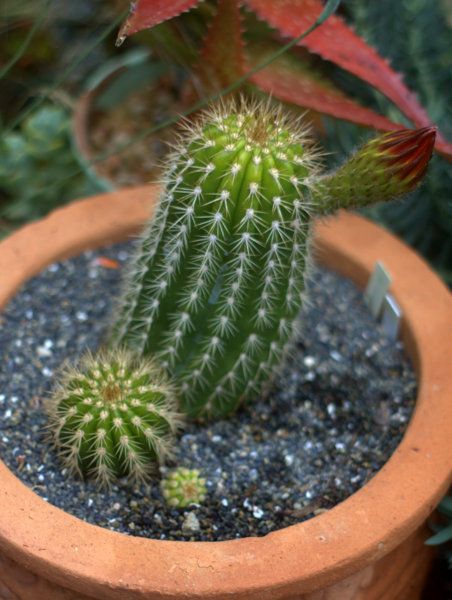





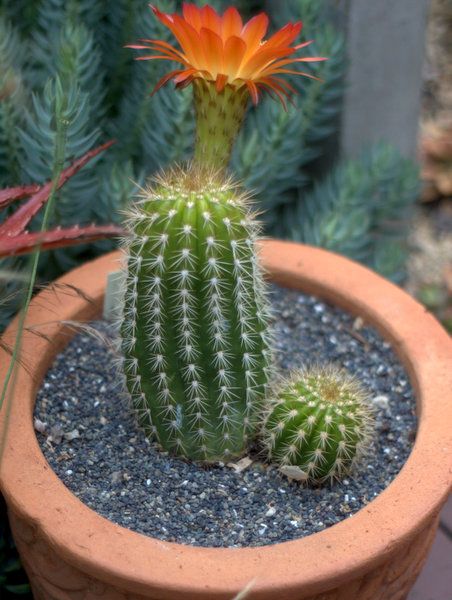
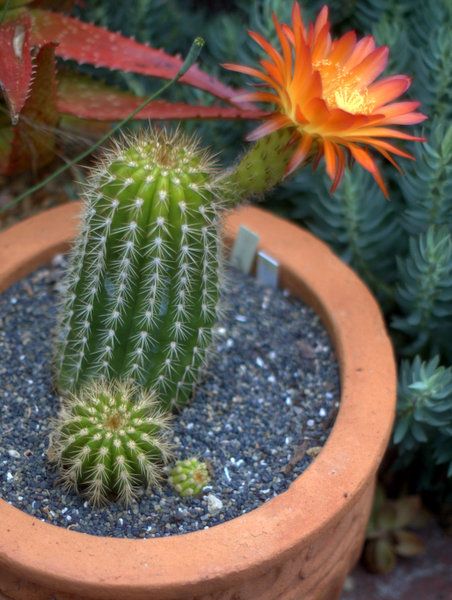

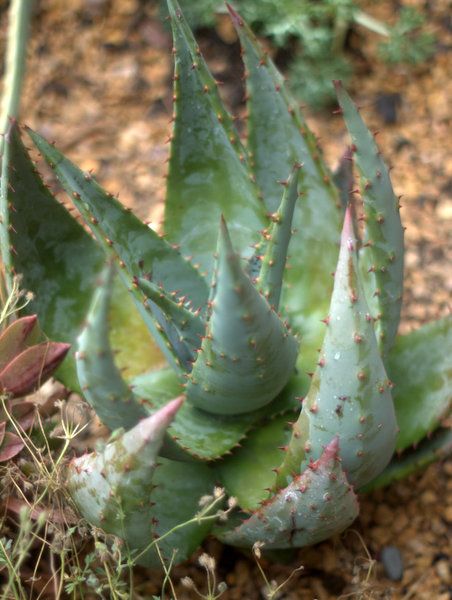

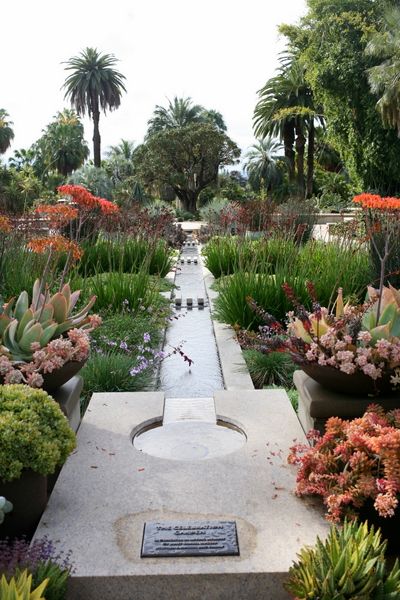
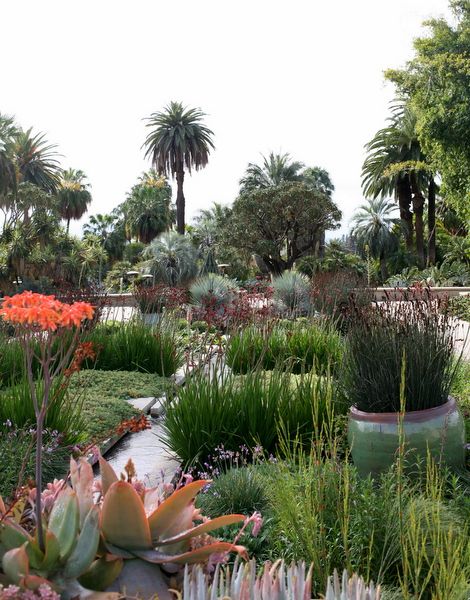



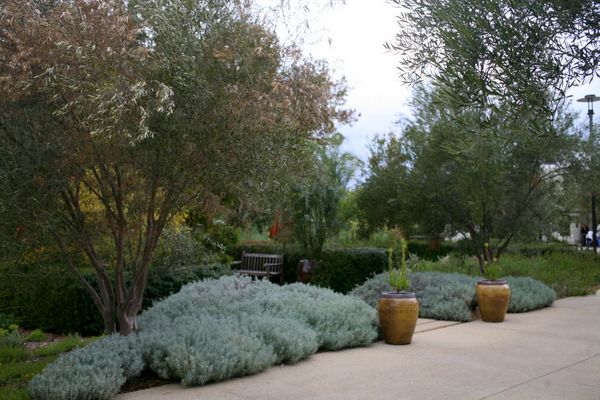

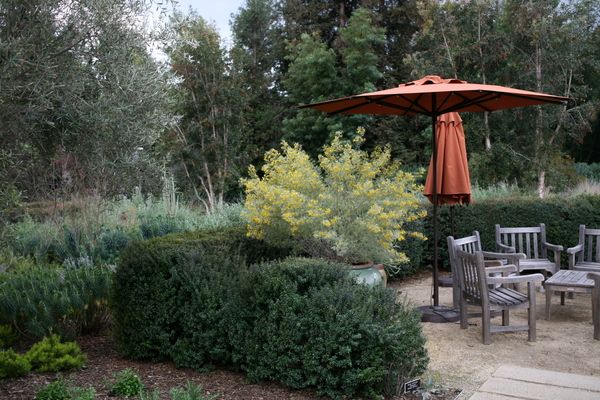
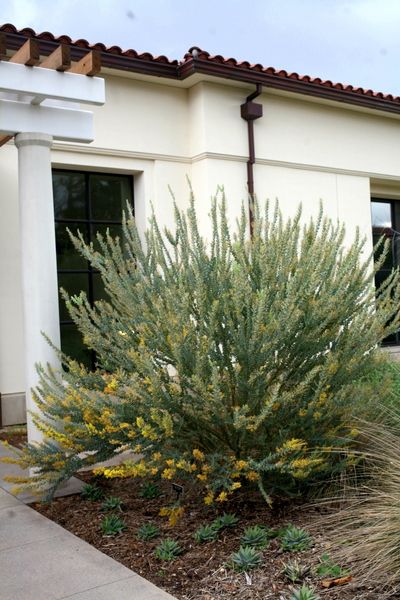


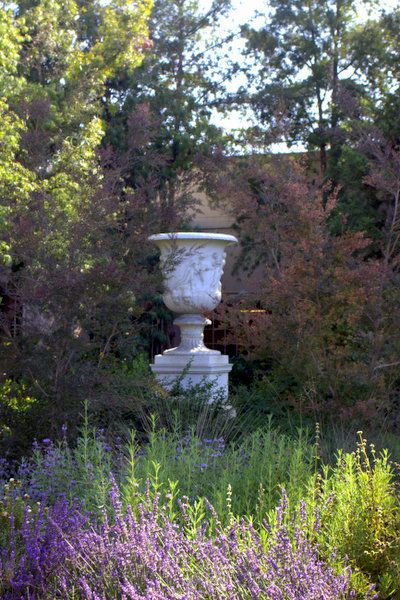
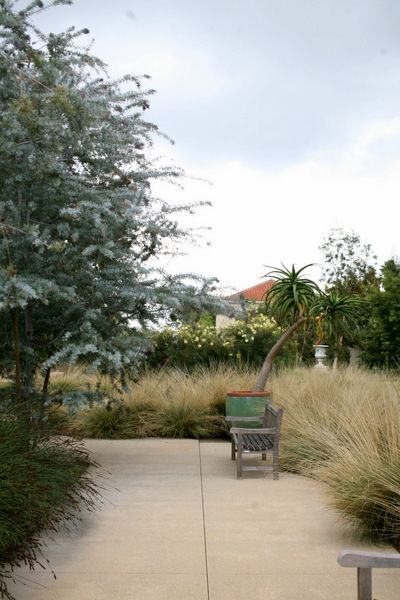
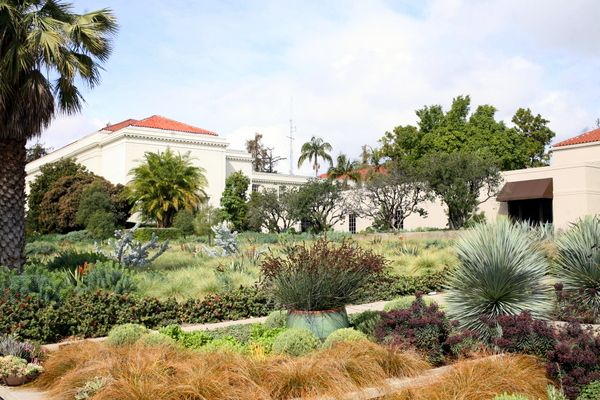
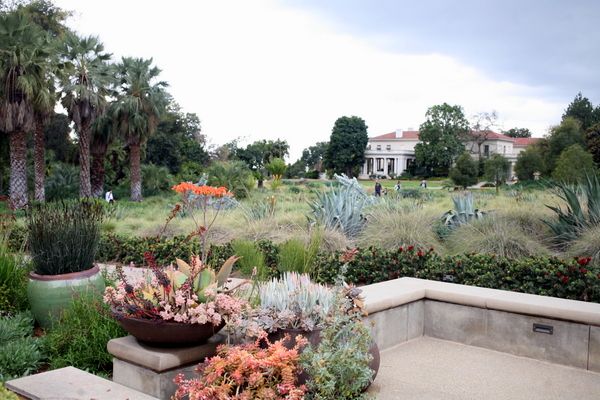
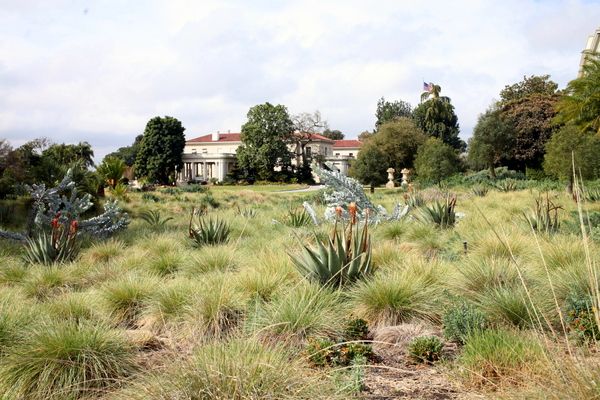
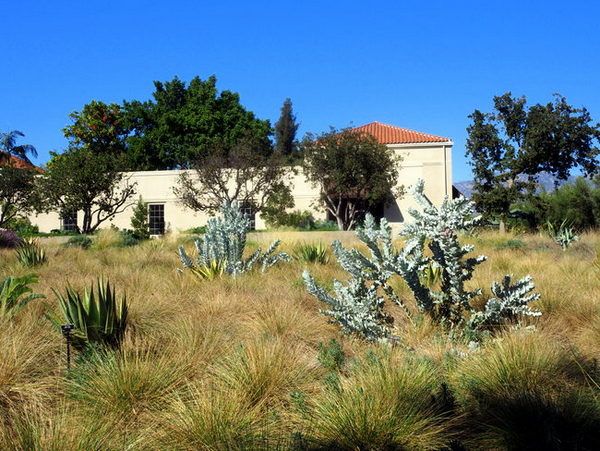



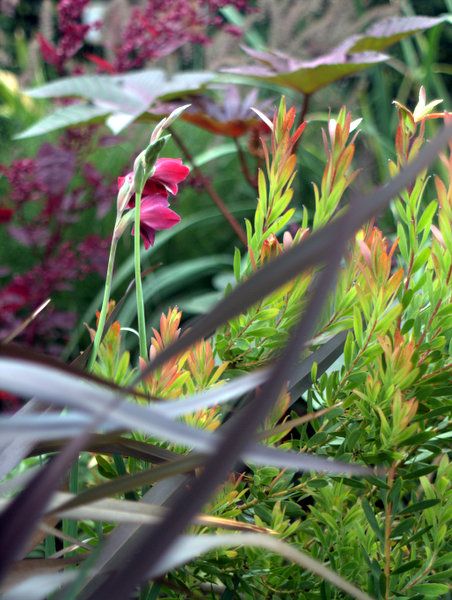
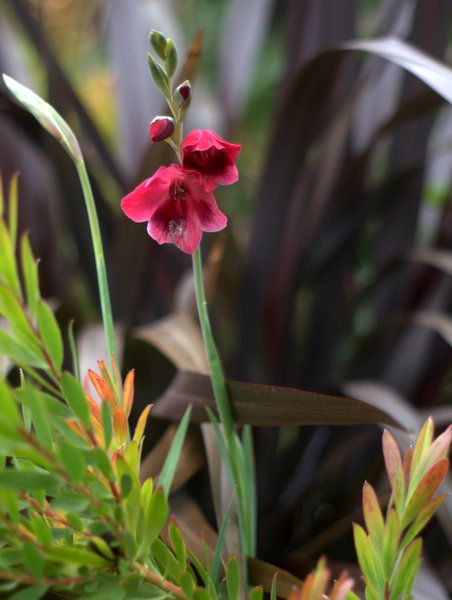
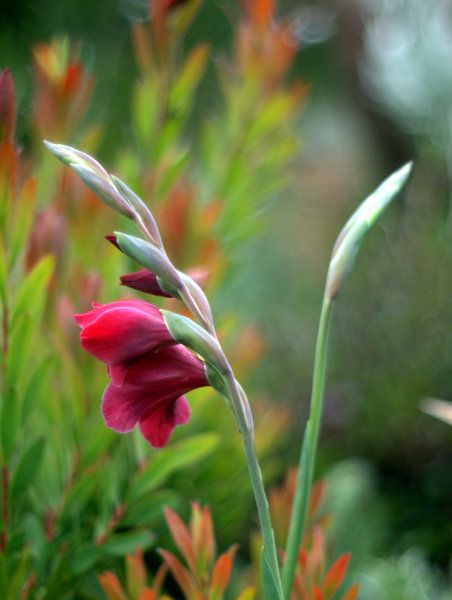
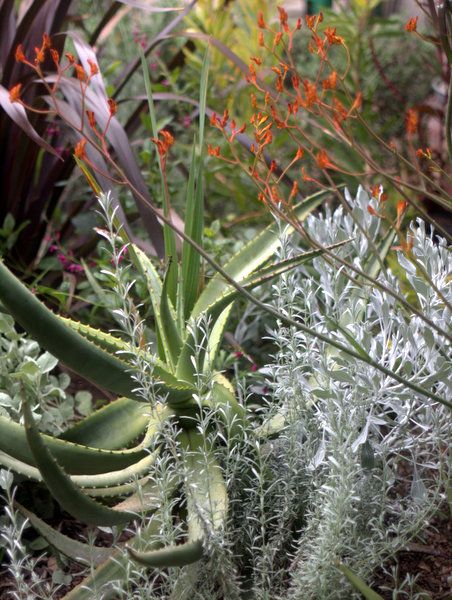
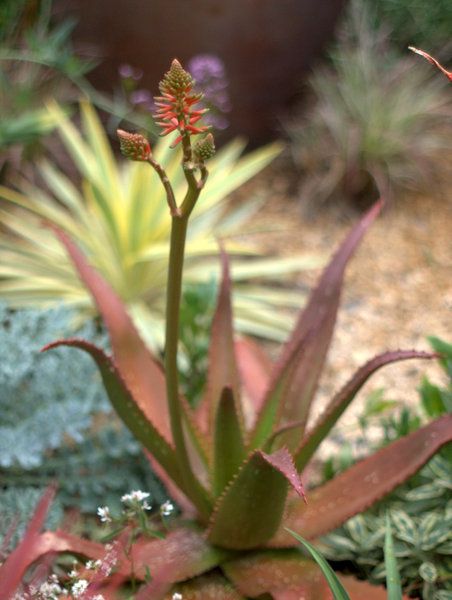 ‘
‘